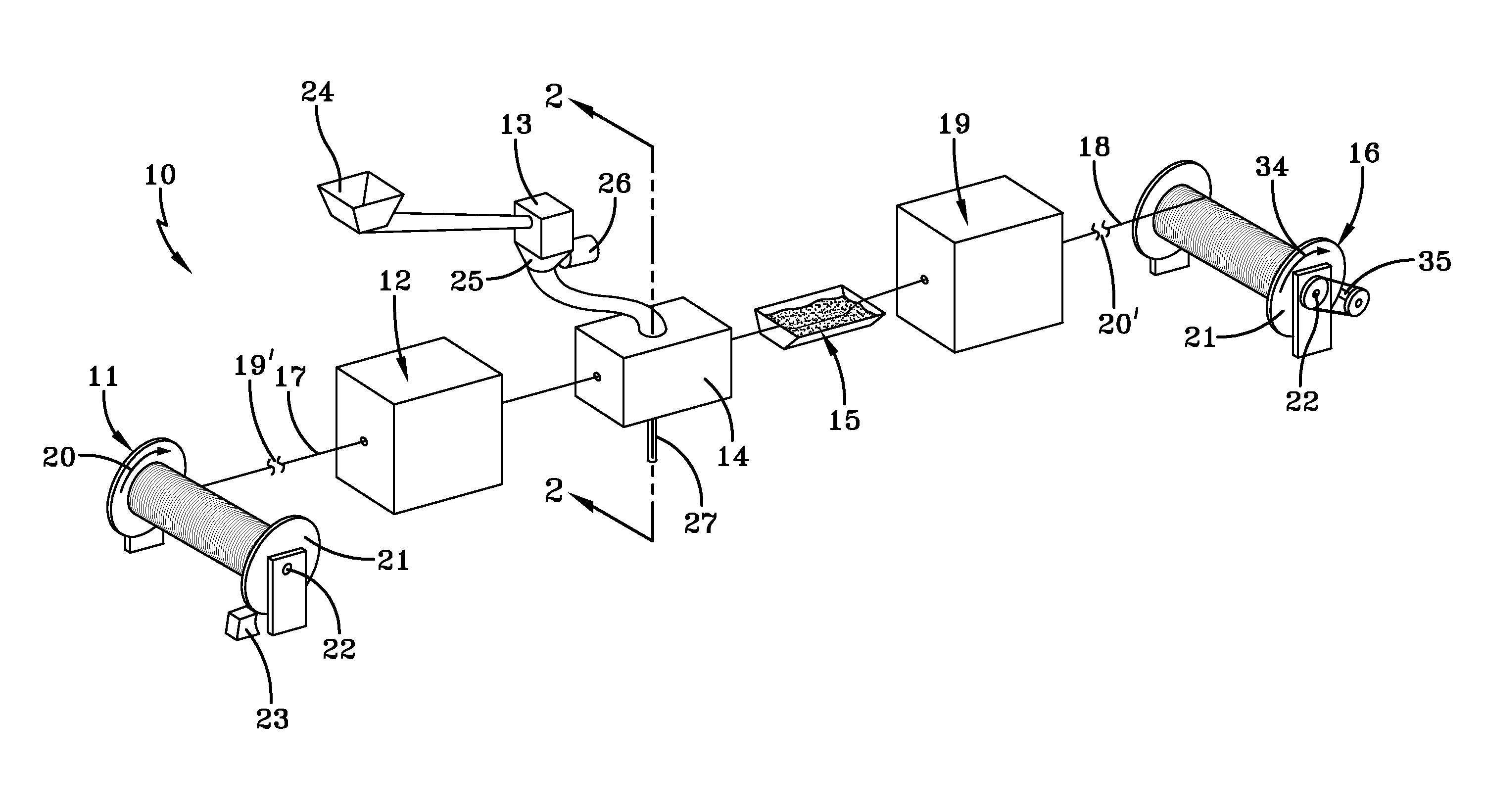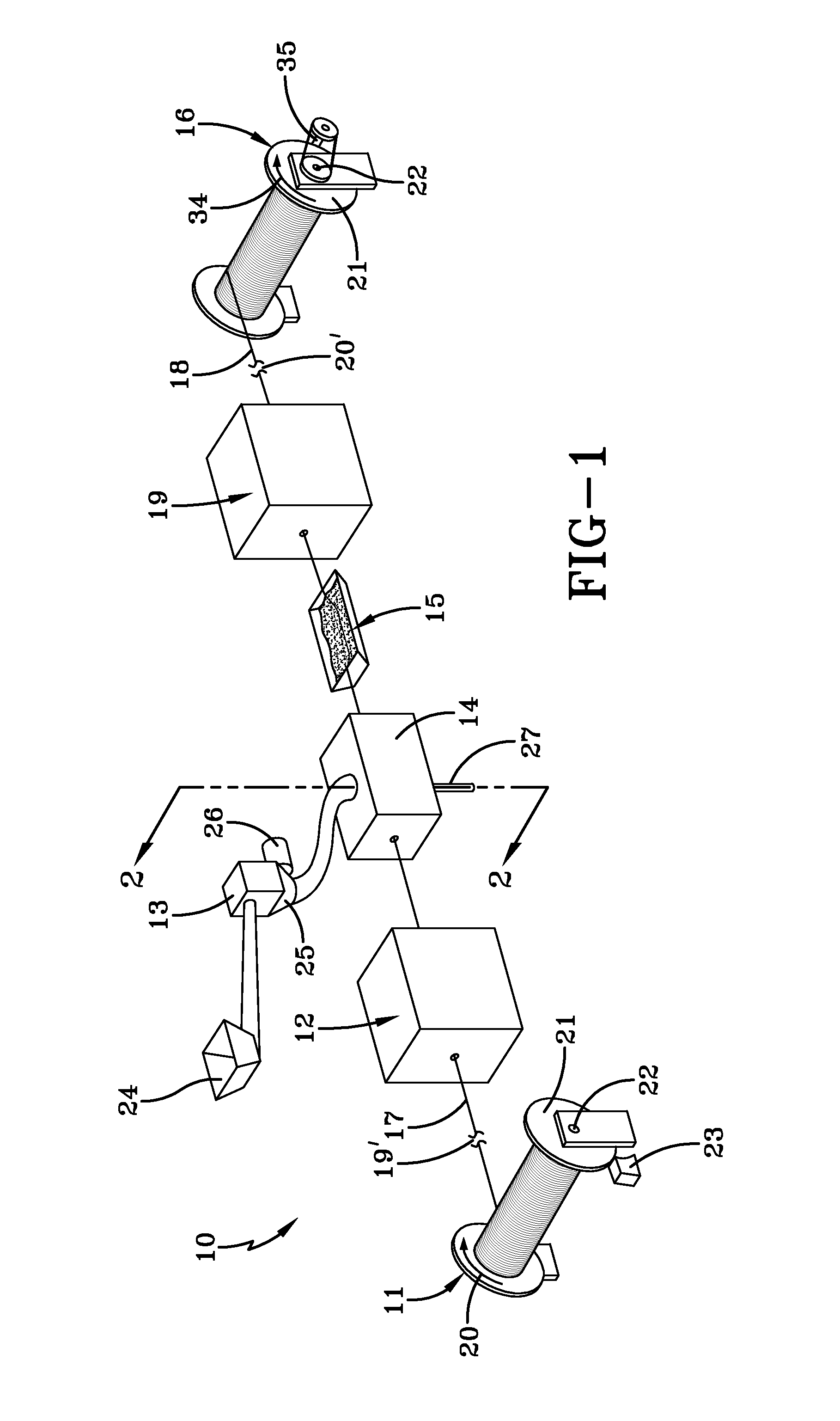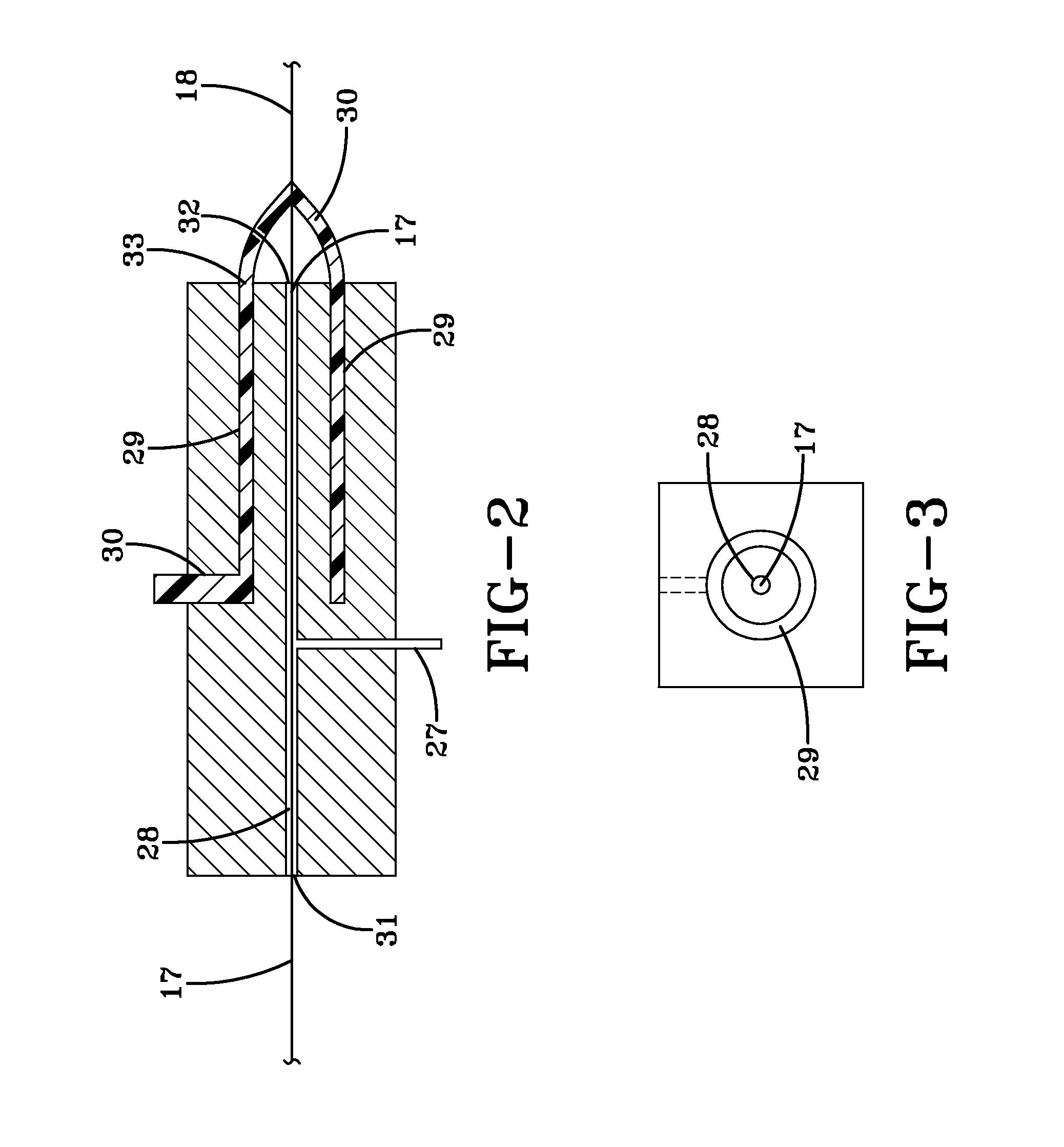Crosslinkable Thermoplastic Polyurethane
a thermoplastic polyurethane and cross-linked technology, applied in the direction of insulated conductors, cables, conductors, etc., can solve the problems of defective thermoset parts and scraps that cannot be recycled and remolded like thermoplastics, and cannot be processed using standard melt processing techniques
- Summary
- Abstract
- Description
- Claims
- Application Information
AI Technical Summary
Benefits of technology
Problems solved by technology
Method used
Image
Examples
example 1
[0071]To a three-neck glass reactor equipped with a over-head mechanical stirrer, thermometer, column condenser, and receiver is added 232.23 g (1.59 moles) of adipic acid (AA), 160.38 g (1.78 moles) of 1,4-butanediol (BDO) and 8.07 g (0.046 moles) of trimethylolpropane mono allyl ether (TMPME). The reaction medium is heated to 150° C. to 190° C. at ambient pressure (5-6 hours) and the generated water was collected. Then 100 ppm of transesterification catalyst tetra-(2-ethylhexyl) titanate is added and a vacuum (0-15 mmHg) is applied while the reaction medium is heated to 190° C. to 200° C.
[0072]The generated water was removed until the acid number becomes less than 0.5 (3-5 hours). The final polyol has hydroxyl number of 62.21 (˜Mn of 1803.6 g / mole).
example 2
[0073]To a three-neck glass reactor equipped with a over-head mechanical stirrer, thermometer, column condenser, and receiver is added 212.66 g (1.46 moles) of adipic acid (AA), 141.98 g (1.58 moles) of 1,4-butanediol (BDO) and 16.69 g (0.096 moles) of trimethylolpropane mono allyl ether (TMPME). The reaction medium is heated to 150° C. to 190° C. at ambient pressure (5-6 hours) and the generated water was collected. Then 100 ppm of transesterification catalyst tetra-(2-ethylhexyl) titanate is added and a vacuum (0-15 mmHg) is applied while the reaction medium is heated to 190° C. to 200° C. The generated water was removed until the acid number becomes less than 0.5 (3-5 hours). The final polyol has hydroxyl number of 47.50 (˜Mn of 2361.9 g / mole).
example 3
[0074]To a three-neck glass reactor equipped with a over-head mechanical stirrer, thermometer, column condenser, and receiver is added 240.18 g (1.65 moles) of adipic acid (AA), 149.34 g (1.66 moles) of 1,4-butanediol (BDO) and 38.93 g (0.22 moles) of trimethylolpropane mono allyl ether (TMPME). The reaction medium is heated to 150° C. to 190° C. at ambient pressure (5-6 hours) and the generated water was collected. Then 100 ppm of transesterification catalyst tetra-(2-ethylhexyl) titanate is added and a vacuum (0-15 mmHg) is applied while the reaction medium is heated to 190° C. to 200° C. The generated water was removed until the acid number becomes less than 0.5 (3-5 hours). The final polyol has hydroxyl number of 83.45 (˜Mn of 1344.58 g / mole).
PUM
| Property | Measurement | Unit |
|---|---|---|
| mole ratio | aaaaa | aaaaa |
| weight percent | aaaaa | aaaaa |
| weight percent | aaaaa | aaaaa |
Abstract
Description
Claims
Application Information
 Login to View More
Login to View More - R&D
- Intellectual Property
- Life Sciences
- Materials
- Tech Scout
- Unparalleled Data Quality
- Higher Quality Content
- 60% Fewer Hallucinations
Browse by: Latest US Patents, China's latest patents, Technical Efficacy Thesaurus, Application Domain, Technology Topic, Popular Technical Reports.
© 2025 PatSnap. All rights reserved.Legal|Privacy policy|Modern Slavery Act Transparency Statement|Sitemap|About US| Contact US: help@patsnap.com



